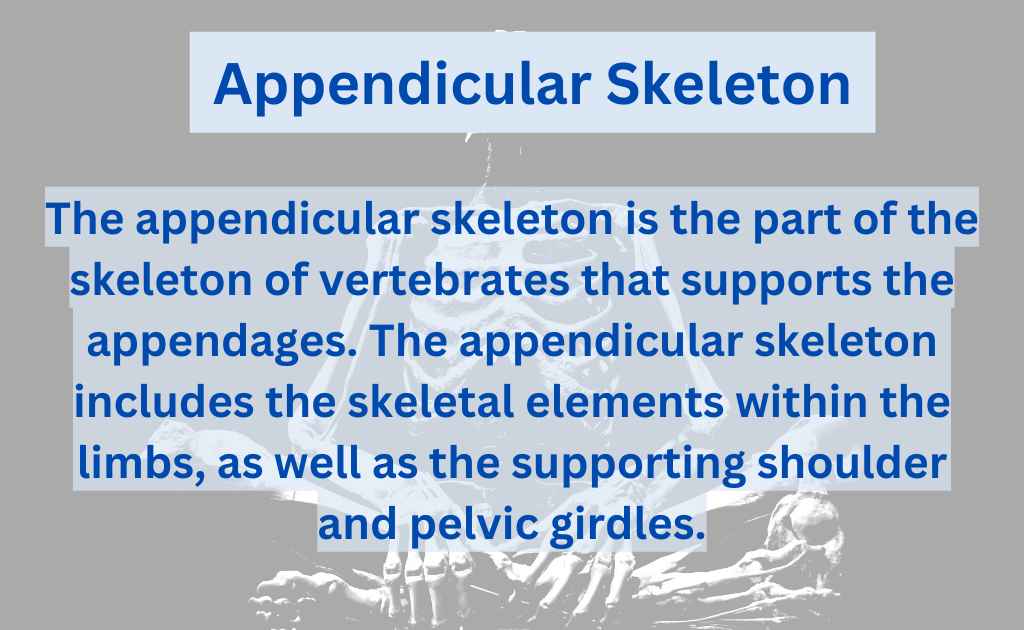What Is Locomotion of Soft-Bodied Invertebrates?
Animals that don’t have skeletons are called soft-bodied organisms. Soft-bodied invertebrates have no bones or shells. The word “invertebrate” means “without a backbone”. In other words, they don’t have vertebrae (the bony segments of the spine).
Invertebrate animals include insects, spiders, crustaceans, mollusks, echinoderms, and arachnids. They lack vertebrae (the bones found in the back of vertebrate animals) and therefore cannot move around using them. Instead, they rely on muscles to move.
Movement is controlled by the nervous system. The brain sends signals to the body through nerves. These nerve impulses cause muscles to contract or relax, allowing the animal to move.
Locomotion of Soft-Bodied Invertebrates
The following types of movements can take place in soft-bodied invertebrates:
Pedal Locomotion:
Many soft-bodied invertebrates can move on a firm substratum. Its example is flatworms, some cnidarians, and the gastropod mollusks. They produce waves of activity in the muscular system. This activity is applied to the substrate. This type of movement is called pedal locomotion.
Pedal locomotion can be seen in planarians or snails. Several waves cross the length of the foot simultaneously in the land snail Helix. Each wave is moving in the same direction. But it moves at a greater rate.
Alternative Waves Of Contraction Of Muscles:
This type of locomotion is present in many large flatworms and most nemertines worms. These worms move by cilia. But they produce alternating waves of contraction of circular and longitudinal muscles. It generates peristaltic waves. These waves enhance the locomotion by cilia.
Looping Movements:
This movement is shown by leeches and some insect larvae. Leeches have anterior and posterior suckers. These suckers provide temporary points of attachment. Lepidopteran caterpillars also show similar locomotion. They show arching movements.
Locomotion In Polychaete Worms:
They have multiple limbs called parapodia. There is alternate movement of these limbs. The tips of parapodia move backward. But their tips are attached to the ground. Therefore, the body of the worm moves forward.
Locomotion By Water Vascular System:
The locomotion in echinoderms takes place in the water-vascular system. For example, sea stars have five arms. Each arm has a water-vascular canal. Ampullae and tube feet are present along each canal. The contraction of muscles drives water into the tube feet.
Then the contraction of the tube feet moves water into the ampullae. Thus, the tube feet extend by hydraulic pressure. It is attached to the substrate by sucking action. Now it can perform simple steps like motions.

 written by
written by 




Leave a Reply